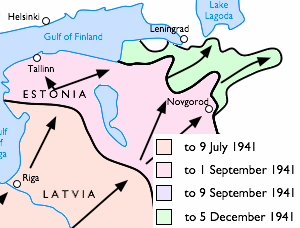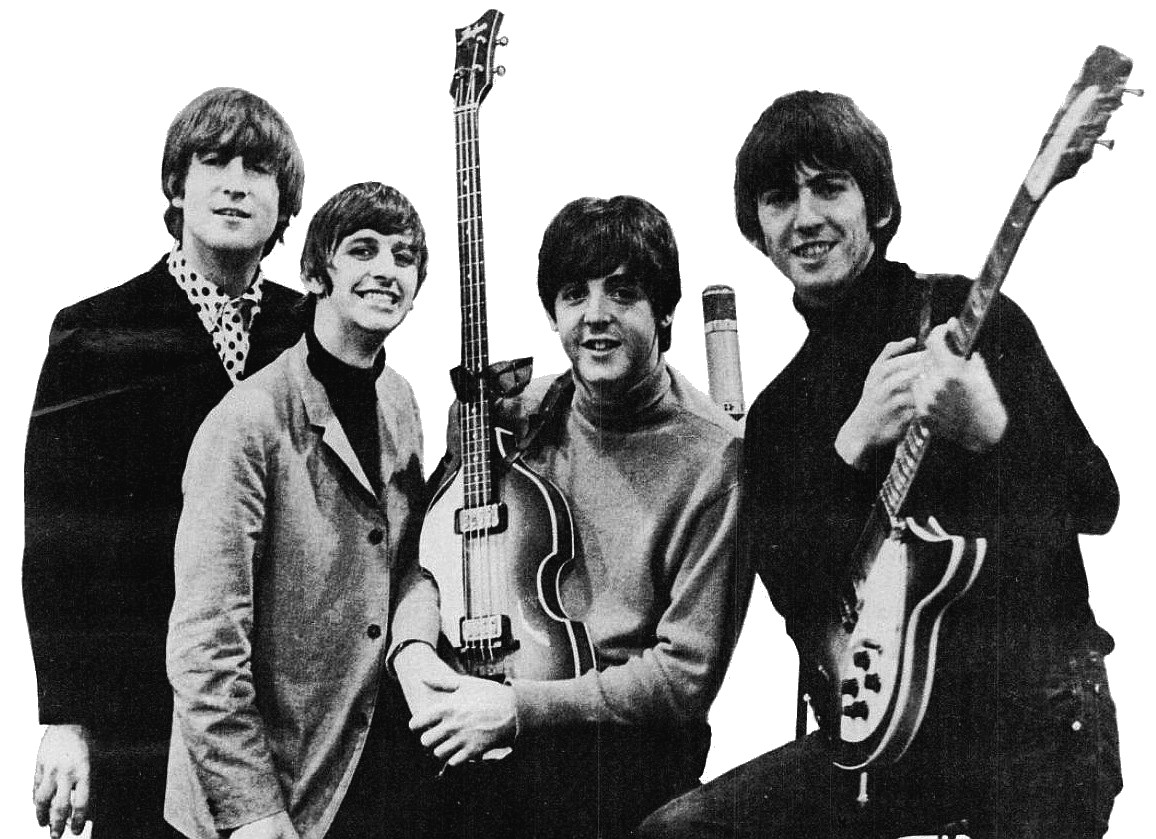|
Heli Lääts
Heli Lääts (24 June 1932 – 16 February 2018) was an Estonians, Estonian singer (mezzo-soprano) whose career began in the mid-1950s. Lääts predominantly performed Music of the Soviet Union#Soviet estrada, estrada, chamber music, chamber, Pop music, pop, polka, and jazz music. Early life and education Heli Lääts was born in Kuressaare, on the island of Saaremaa to Vladimir and Julia Lääts (''née'' Allik). She was the youngest of three children and only girl. Her eldest brother was chemist :et:Koit Lääts, Koit Lääts (1928–2008) and her other brother was physicist Valdur Lääts (1929–2002). She spent her early years in the village of Sauvere. Following the German occupation of Estonia during World War II, Lääts' mother, a schoolteacher, was executed by German soldiers by gunshot on 18 November 1941 in a Collective punishment, reprisal killing of villagers for the assassination of a German military officer. After the death of her mother, she was raised by her au ... [...More Info...] [...Related Items...] OR: [Wikipedia] [Google] [Baidu] |
Kuressaare
Kuressaare () is a populated places in Estonia, town on the island of Saaremaa in Estonia. It is the administrative centre of Saaremaa Municipality and the seat of Saare County. Kuressaare is the westernmost town in Estonia. The recorded population on 1 January 2024 was 13,185. The town is situated on the southern coast of Saaremaa island, facing the Gulf of Riga of the Baltic Sea, and is served by the Kuressaare Airport, Roomassaare harbour, and Kuressaare yacht harbour. Names Kuressaare's historic name Arensburg (from Middle High German ''a(a)r:'' eagle, raptor) renders the Latin denotation ''arx aquilae'' for the Kuressaare Castle, city's castle. The fortress and the eagle, tetramorph symbol of Saint John the Evangelist, are also depicted on Kuressaare's coat of arms. The town, which grew around the fortress, was simultaneously known as Arensburg and Kuressaare linn; the latter name being a combination of ''Kuressaare''—an ancient name of the Saaremaa Island—and ''lin ... [...More Info...] [...Related Items...] OR: [Wikipedia] [Google] [Baidu] |
German Occupation Of Estonia During World War II
In the course of Operation Barbarossa, Nazi Germany invaded Estonia in July–December 1941, and occupied the country until 1944. Estonia had gained Estonian War of Independence, independence in 1918 from the then-warring German Empire, German and Russian Empires. However, in the wake of the August 1939 Molotov–Ribbentrop Pact, Nazi-Soviet Pact, the Soviet Union had Occupation of the Baltic states, invaded and occupied Estonia in June 1940, and the country was formally annexed into the USSR in August 1940. In the summer of 1941, the German invaders were at first seen by most Estonians as liberators from Soviet terror, since the Germans arrived only a week after the June deportation, mass deportation of tens of thousands of people from Estonia and other territories Soviet occupation of the Baltic states (1940), occupied by the USSR in 1939–1941: Territories of Poland annexed by the Soviet Union, eastern Poland, Latvia, Lithuania, Soviet deportations from Bessarabia and Nor ... [...More Info...] [...Related Items...] OR: [Wikipedia] [Google] [Baidu] |
Estonian National Symphony Orchestra
The Estonian National Symphony Orchestra ( ''(ERSO)'') (formerly known as the Symphony Orchestra of the Estonian Radio Committee, Estonian Radio Symphony Orchestra, and Estonian SSR State Symphony Orchestra) is a symphony orchestra based in Tallinn. The orchestra originated from a trio led by , who on 18 December 1926 played the first concert broadcast by Tallinn Radio. The ensemble's ranks grew and by 1939 the Radio Broadcasting Symphony Orchestra included 39 performers. In addition to radio concerts, there were live symphony concerts played with guest artists from the Estonia Theatre. In 1939, Olav Roots became the orchestra's music director. The orchestra continued to perform in Tallinn during World War II. succeeded Roots in 1944; he was followed by Roman Matsov who served as music director until 1963. By 1956 the Orchestra had 90 members. Despite Soviet repertoire policies, Matsov performed sacred works by Johann Sebastian Bach, George Frederic Handel, Wolfgang Amadeus ... [...More Info...] [...Related Items...] OR: [Wikipedia] [Google] [Baidu] |
Soviet Union
The Union of Soviet Socialist Republics. (USSR), commonly known as the Soviet Union, was a List of former transcontinental countries#Since 1700, transcontinental country that spanned much of Eurasia from 1922 until Dissolution of the Soviet Union, it dissolved in 1991. During its existence, it was the list of countries and dependencies by area, largest country by area, extending across Time in Russia, eleven time zones and sharing Geography of the Soviet Union#Borders and neighbors, borders with twelve countries, and the List of countries and dependencies by population, third-most populous country. An overall successor to the Russian Empire, it was nominally organized as a federal union of Republics of the Soviet Union, national republics, the largest and most populous of which was the Russian SFSR. In practice, Government of the Soviet Union, its government and Economy of the Soviet Union, economy were Soviet-type economic planning, highly centralized. As a one-party state go ... [...More Info...] [...Related Items...] OR: [Wikipedia] [Google] [Baidu] |
Popular Music
Popular music is music with wide appeal that is typically distributed to large audiences through the music industry. These forms and styles can be enjoyed and performed by people with little or no musical training.Popular Music. (2015). ''Funk & Wagnalls New World Encyclopedia'' As a kind of popular art, it stands in contrast to art music. Art music was historically disseminated through the performances of written music, although since the beginning of the recording industry, it is also disseminated through sound recording, recordings. Traditional music forms such as early blues songs or hymns were passed along orally, or to smaller, local audiences. The original application of the term is to music of the 1880s Tin Pan Alley period in the United States. Although popular music sometimes is known as "pop music", the two terms are not interchangeable. Popular music is a generic term for a wide variety of genres of music that appeal to the tastes of a large segment of the populati ... [...More Info...] [...Related Items...] OR: [Wikipedia] [Google] [Baidu] |
Occupation Of The Baltic States
The occupation of the Baltic states was a period of annexation of Estonia, Latvia and Lithuania by the Soviet Union from 1940 until its Dissolution of the Soviet Union, dissolution in 1991. For a period of several years during World War II, Nazi Germany occupied the Baltic states after it invaded the Soviet Union in 1941. The initial Soviet occupation of the Baltic states (1940), Soviet invasion and occupation of the Baltic states began in June 1940 under the Molotov–Ribbentrop Pact, made between the Soviet Union and Nazi Germany in August 1939 before the outbreak of World War II. The three independent Baltic states, Baltic countries were annexed as constituent Republics of the Soviet Union in August 1940. Most Western countries did not recognise this annexation, and considered it illegal. In July 1941, the German occupation of the Baltic states during World War II, occupation of the Baltic states by Nazi Germany took place, just weeks after its Operation Barbarossa, invasion ... [...More Info...] [...Related Items...] OR: [Wikipedia] [Google] [Baidu] |
Georg Ots
Georg Ots (21 March 1920 – 5 September 1975) was an Estonian baritone. He sang at the Estonian National Opera from 1951 to his death in 1975. Ots gained wider recognition with his roles at the Bolshoi Theatre, particularly with his lead role in Tchaikovsky's ''Eugene Onegin'' witGalina Vishnevskaya as Tatyana He was also celebrated for his performance in '' Mister Iks'', based on Imre Kálmán's operetta '' Die Zirkusprinzessin''. Biography Before studying singing with Aleksander Rahnel in Yaroslavl where a cultural centre for evacuated Estonians had been established, Ots was a young Navy Officer who had escaped a sinking ship bombed by the Kriegsmarine in 1941. Ots was saved and taken to Kurgan region of Russia. Six months later he auditioned for a place at the conservatory in Tallinn. He became a member of the chorus at the Estonian National Opera in Tallinn. His solo opera debut was a small part in ''Eugene Onegin'' in 1944. He soon became one of the most revered singers ... [...More Info...] [...Related Items...] OR: [Wikipedia] [Google] [Baidu] |
Estonian Academy Of Music And Theatre
The Estonian Academy of Music and Theatre (''Eesti Muusika- ja Teatriakadeemia'') began as a mixed choir of the Estonia Society Musical Department (EMD) on the eve of World War I. The assembly of the Estonia Society created the Tallinn Higher Music School on November 17, 1918. The opening ceremony took place on September 28, 1919. In 1923 the educational institution was renamed the Tallinn Conservatoire. In 1938 the State Drama School was opened. In 1993 the school was renamed the Estonian Academy of Music. In 1995 the Drama Faculty was renamed the Higher Theatre School. Some prominent graduates of the Estonian Academy of Music include singers Aile Asszonyi, Heli Lääts, and Ain Anger, conductors Roman Matsov, Tõnu Kaljuste, Olari Elts, Eri Klas, and Kristiina Poska, composers Arvo Pärt, Lepo Sumera, Erkki-Sven Tüür and Ardo Ran Varres, director Andres Puustusmaa, and actors Tõnu Aav, Heino Mandri, Elmo Nüganen, Ain Lutsepp, Margus Oopkaup, Jan Uuspõld, Tõn ... [...More Info...] [...Related Items...] OR: [Wikipedia] [Google] [Baidu] |
Estonian Song Festival
The Estonian Song Festival (, or simply ) held since 1869, is one of the largest choral events in the world, a Masterpieces of the Oral and Intangible Heritage of Humanity, Masterpiece of the Oral and Intangible Heritage of Humanity. It is held every five years in July, and starting from 1928 always on the same designated site: the Tallinn Song Festival Grounds, Song Festival Grounds (''Lauluväljak'') in Kadriorg, Tallinn.Estonian Song and Dance Celebrations Estonian Song and Dance Celebration Foundation The joint choir has comprised more than 30,000 singers performing to an audience of 80,000. History The tradition of the song festival was born along with Estonian national awakening. The first national song festival was held in Tartu in the summer of 1869.[...More Info...] [...Related Items...] OR: [Wikipedia] [Google] [Baidu] |
University Of Tartu
The University of Tartu (UT; ; ) is a public research university located in the city of Tartu, Estonia. It is the national university of Estonia. It is also the largest and oldest university in the country.About the University University of Tartu The university was founded under the name of ''Academia Gustaviana'' in 1632 by Baron Johan Skytte, the of Swedish Livonia, |



